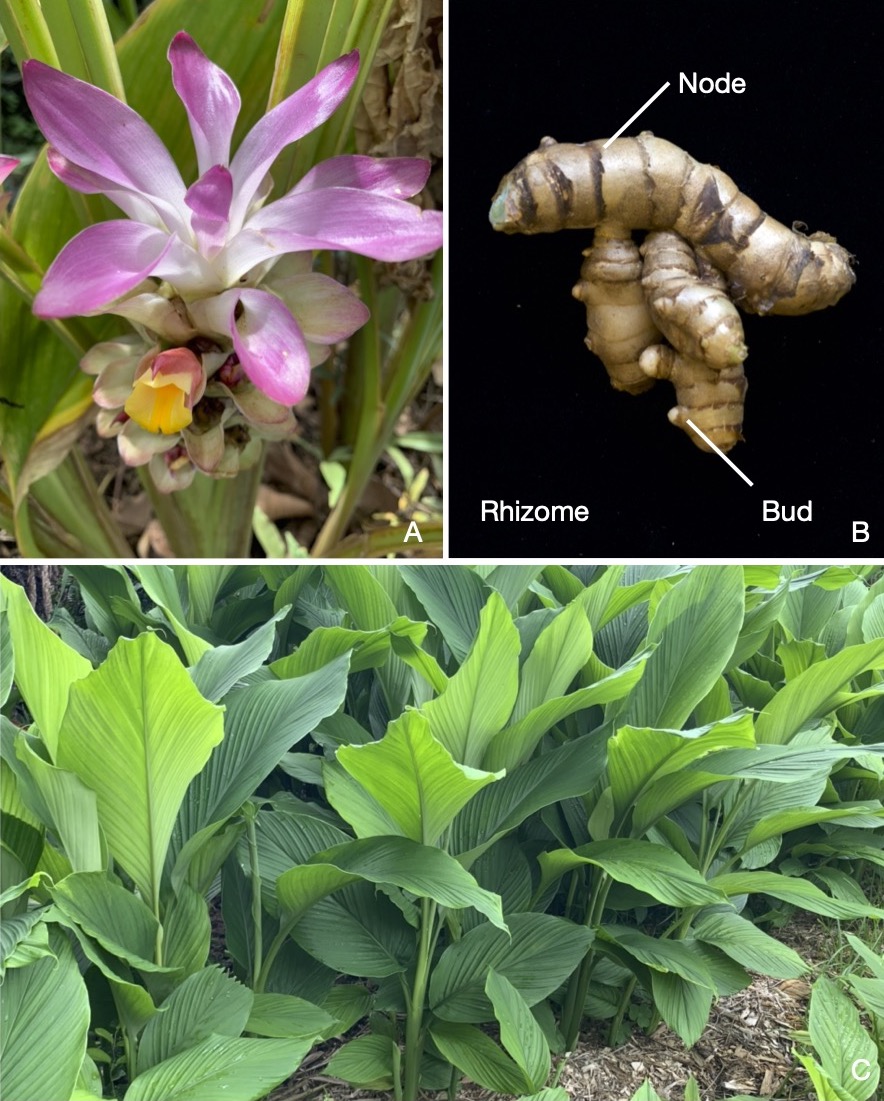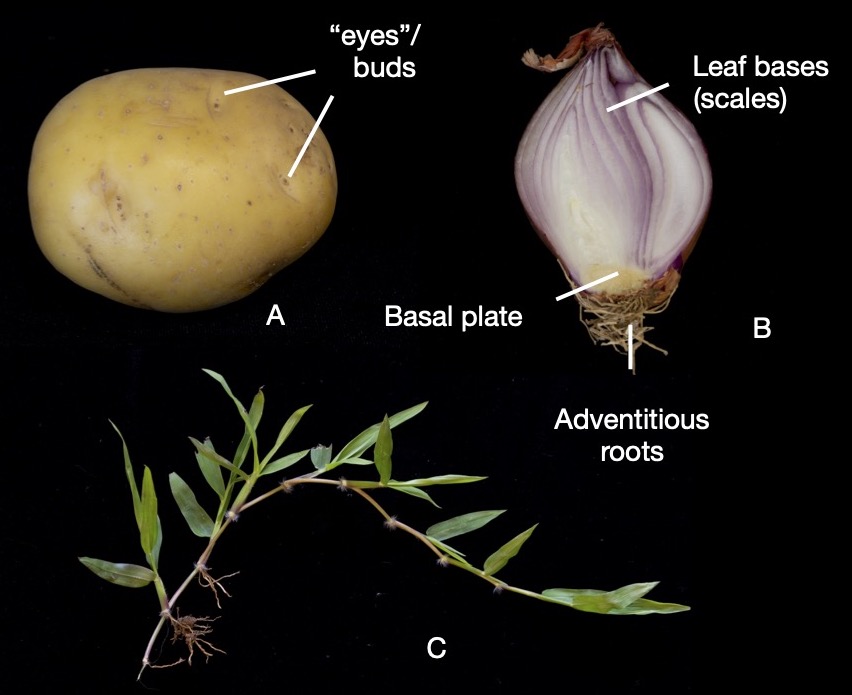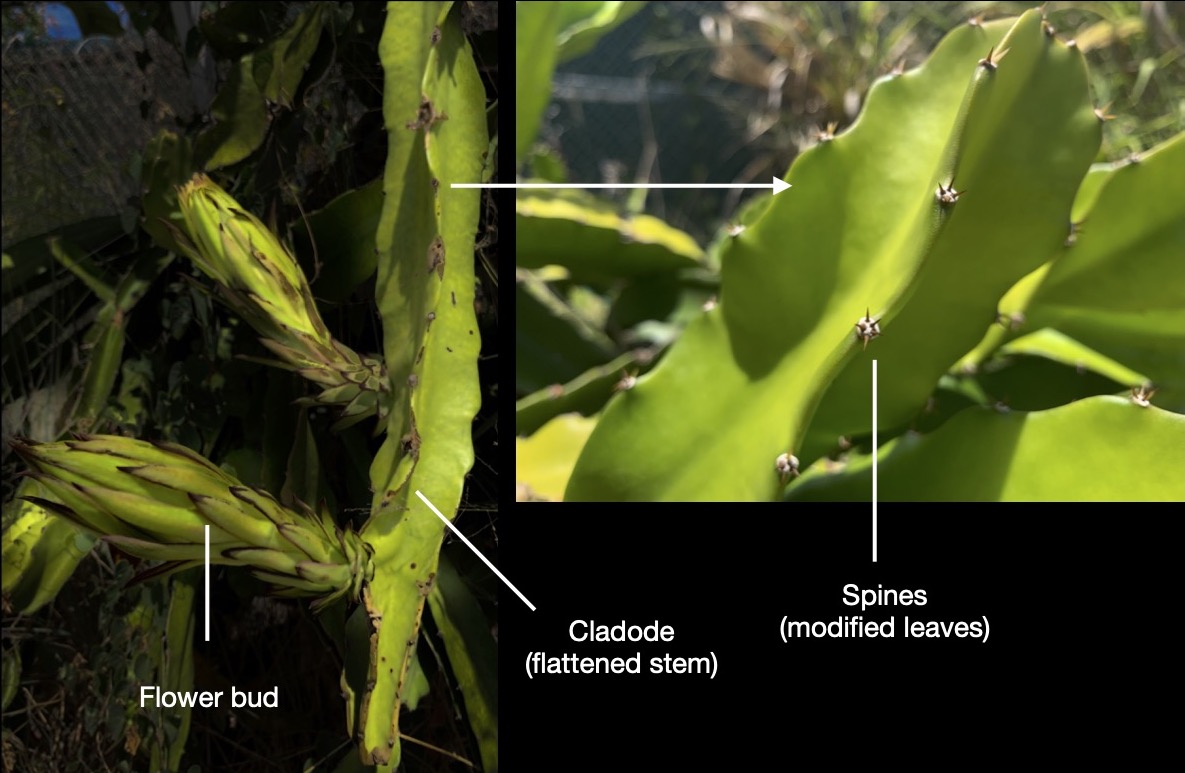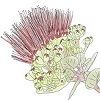3.3: Modified stems
- Page ID
- 59226
\( \newcommand{\vecs}[1]{\overset { \scriptstyle \rightharpoonup} {\mathbf{#1}} } \)
\( \newcommand{\vecd}[1]{\overset{-\!-\!\rightharpoonup}{\vphantom{a}\smash {#1}}} \)
\( \newcommand{\id}{\mathrm{id}}\) \( \newcommand{\Span}{\mathrm{span}}\)
( \newcommand{\kernel}{\mathrm{null}\,}\) \( \newcommand{\range}{\mathrm{range}\,}\)
\( \newcommand{\RealPart}{\mathrm{Re}}\) \( \newcommand{\ImaginaryPart}{\mathrm{Im}}\)
\( \newcommand{\Argument}{\mathrm{Arg}}\) \( \newcommand{\norm}[1]{\| #1 \|}\)
\( \newcommand{\inner}[2]{\langle #1, #2 \rangle}\)
\( \newcommand{\Span}{\mathrm{span}}\)
\( \newcommand{\id}{\mathrm{id}}\)
\( \newcommand{\Span}{\mathrm{span}}\)
\( \newcommand{\kernel}{\mathrm{null}\,}\)
\( \newcommand{\range}{\mathrm{range}\,}\)
\( \newcommand{\RealPart}{\mathrm{Re}}\)
\( \newcommand{\ImaginaryPart}{\mathrm{Im}}\)
\( \newcommand{\Argument}{\mathrm{Arg}}\)
\( \newcommand{\norm}[1]{\| #1 \|}\)
\( \newcommand{\inner}[2]{\langle #1, #2 \rangle}\)
\( \newcommand{\Span}{\mathrm{span}}\) \( \newcommand{\AA}{\unicode[.8,0]{x212B}}\)
\( \newcommand{\vectorA}[1]{\vec{#1}} % arrow\)
\( \newcommand{\vectorAt}[1]{\vec{\text{#1}}} % arrow\)
\( \newcommand{\vectorB}[1]{\overset { \scriptstyle \rightharpoonup} {\mathbf{#1}} } \)
\( \newcommand{\vectorC}[1]{\textbf{#1}} \)
\( \newcommand{\vectorD}[1]{\overrightarrow{#1}} \)
\( \newcommand{\vectorDt}[1]{\overrightarrow{\text{#1}}} \)
\( \newcommand{\vectE}[1]{\overset{-\!-\!\rightharpoonup}{\vphantom{a}\smash{\mathbf {#1}}}} \)
\( \newcommand{\vecs}[1]{\overset { \scriptstyle \rightharpoonup} {\mathbf{#1}} } \)
\( \newcommand{\vecd}[1]{\overset{-\!-\!\rightharpoonup}{\vphantom{a}\smash {#1}}} \)
\(\newcommand{\avec}{\mathbf a}\) \(\newcommand{\bvec}{\mathbf b}\) \(\newcommand{\cvec}{\mathbf c}\) \(\newcommand{\dvec}{\mathbf d}\) \(\newcommand{\dtil}{\widetilde{\mathbf d}}\) \(\newcommand{\evec}{\mathbf e}\) \(\newcommand{\fvec}{\mathbf f}\) \(\newcommand{\nvec}{\mathbf n}\) \(\newcommand{\pvec}{\mathbf p}\) \(\newcommand{\qvec}{\mathbf q}\) \(\newcommand{\svec}{\mathbf s}\) \(\newcommand{\tvec}{\mathbf t}\) \(\newcommand{\uvec}{\mathbf u}\) \(\newcommand{\vvec}{\mathbf v}\) \(\newcommand{\wvec}{\mathbf w}\) \(\newcommand{\xvec}{\mathbf x}\) \(\newcommand{\yvec}{\mathbf y}\) \(\newcommand{\zvec}{\mathbf z}\) \(\newcommand{\rvec}{\mathbf r}\) \(\newcommand{\mvec}{\mathbf m}\) \(\newcommand{\zerovec}{\mathbf 0}\) \(\newcommand{\onevec}{\mathbf 1}\) \(\newcommand{\real}{\mathbb R}\) \(\newcommand{\twovec}[2]{\left[\begin{array}{r}#1 \\ #2 \end{array}\right]}\) \(\newcommand{\ctwovec}[2]{\left[\begin{array}{c}#1 \\ #2 \end{array}\right]}\) \(\newcommand{\threevec}[3]{\left[\begin{array}{r}#1 \\ #2 \\ #3 \end{array}\right]}\) \(\newcommand{\cthreevec}[3]{\left[\begin{array}{c}#1 \\ #2 \\ #3 \end{array}\right]}\) \(\newcommand{\fourvec}[4]{\left[\begin{array}{r}#1 \\ #2 \\ #3 \\ #4 \end{array}\right]}\) \(\newcommand{\cfourvec}[4]{\left[\begin{array}{c}#1 \\ #2 \\ #3 \\ #4 \end{array}\right]}\) \(\newcommand{\fivevec}[5]{\left[\begin{array}{r}#1 \\ #2 \\ #3 \\ #4 \\ #5 \\ \end{array}\right]}\) \(\newcommand{\cfivevec}[5]{\left[\begin{array}{c}#1 \\ #2 \\ #3 \\ #4 \\ #5 \\ \end{array}\right]}\) \(\newcommand{\mattwo}[4]{\left[\begin{array}{rr}#1 \amp #2 \\ #3 \amp #4 \\ \end{array}\right]}\) \(\newcommand{\laspan}[1]{\text{Span}\{#1\}}\) \(\newcommand{\bcal}{\cal B}\) \(\newcommand{\ccal}{\cal C}\) \(\newcommand{\scal}{\cal S}\) \(\newcommand{\wcal}{\cal W}\) \(\newcommand{\ecal}{\cal E}\) \(\newcommand{\coords}[2]{\left\{#1\right\}_{#2}}\) \(\newcommand{\gray}[1]{\color{gray}{#1}}\) \(\newcommand{\lgray}[1]{\color{lightgray}{#1}}\) \(\newcommand{\rank}{\operatorname{rank}}\) \(\newcommand{\row}{\text{Row}}\) \(\newcommand{\col}{\text{Col}}\) \(\renewcommand{\row}{\text{Row}}\) \(\newcommand{\nul}{\text{Nul}}\) \(\newcommand{\var}{\text{Var}}\) \(\newcommand{\corr}{\text{corr}}\) \(\newcommand{\len}[1]{\left|#1\right|}\) \(\newcommand{\bbar}{\overline{\bvec}}\) \(\newcommand{\bhat}{\widehat{\bvec}}\) \(\newcommand{\bperp}{\bvec^\perp}\) \(\newcommand{\xhat}{\widehat{\xvec}}\) \(\newcommand{\vhat}{\widehat{\vvec}}\) \(\newcommand{\uhat}{\widehat{\uvec}}\) \(\newcommand{\what}{\widehat{\wvec}}\) \(\newcommand{\Sighat}{\widehat{\Sigma}}\) \(\newcommand{\lt}{<}\) \(\newcommand{\gt}{>}\) \(\newcommand{\amp}{&}\) \(\definecolor{fillinmathshade}{gray}{0.9}\)Stems come in different shapes and sizes and some plants have modified or specialized stems that serve other purposes. For example, some stems grow underground and are used by the plant to store food reserves. How can you tell if an underground plant structure is a stem or a root? Remember that stems have nodes and axillary buds, so if you look closely, you can see these structures in modified stems. Below are different types of modified stems.
Rhizomes
Rhizomes are underground stems that grow horizontally, with the function of storing nutrients and water. Examples of rhizomes include ginger (Zingiber officinale) and ‘olena or turmeric (Curcuma longa). From these rhizomes, you can clearly see the nodes and internodes, with the roots emerging from the nodes (Figure \(\PageIndex{1}\)).

Stolons
Stolons are similar to rhizomes, but instead of growing horizontally underground, they grow mostly above ground (some will grow very shallow right below the surface). Stolons are used as asexual plant reproduction since a new plant (clone) can grow out of the nodes present in the stolons (Figure \(\PageIndex{2}\)). Some grasses produce stolons and can spread from one area to another. At the base of each node, adventitious roots can grow and take hold.
Tubers
Some plants will form rounded or cylindrical structures called tubers on the tips of the stolons, which eventually detach from the main structure. The main function of tubers is the storage of carbohydrates. The plant may do this to store food underground to survive a drought or cold period. A good example of tubers is potato (Solanum tuberosum, Figure \(\PageIndex{2}\)). If you look closely at a potato you will see little “eyes”. These “eyes” are the nodes and axillary buds, which can be used for plant propagation, as planting of these potato “eyes” will result in the growth of new plants. Another example is pia (Tacca leontopetaloides) which is a Polynesian introduced plant that is used for its starches (e.g. haupia).
Bulbs
Bulbs are modified short stems with many fleshy leaves. One example is onions and shallots. Bulbs have a very short and flattened stem that is called the “basal plate”. The structures above it are modified leaves (Figure \(\PageIndex{2}\)).

Corms
Corms are underground stems that are vertical. It is normally an organ for the plant to store nutrients. In non-cultivated plants, this is important to survive winter or drought times. In cultivated plants, these structures are selected for and eaten for their carbohydrates. For example, the corm of taro/kalo (Colocasia esculenta) is steamed and made into poi or eaten in a diversity of dishes (Figure \(\PageIndex{3}\)). Before European contact, kalo provided one of the main sources of carbohydrates for Hawai’i’s population. About 80 kalo varieties remain in the Hawaiian Islands (Lincoln and Vitousek, 2017) which are cultivated in lo‘i (wetland agricultural systems developed by Native Hawaiians) and dryland. Roots grow out of the nodes of the corm and they are normally removed before cooking. Axillary buds are also located on the nodes and will give rise to other shoots (‘oha). All these plant parts have names in the Hawaiian language (see Levin, 2008) and are used as morphological keys to identify varieties. Before European contact, kalo provided one of the main sources of carbohydrates for Hawai’i’s population.

Cladodes
Cladodes are flattened stems like the stems seen in cacti. Cladodes are green, sometimes may even look like leaves and they are capable of performing photosynthesis. In cacti, the spines found in the cladodes, are modified leaves that serve as a protection structure against herbivores (Figure \(\PageIndex{4}\)).



